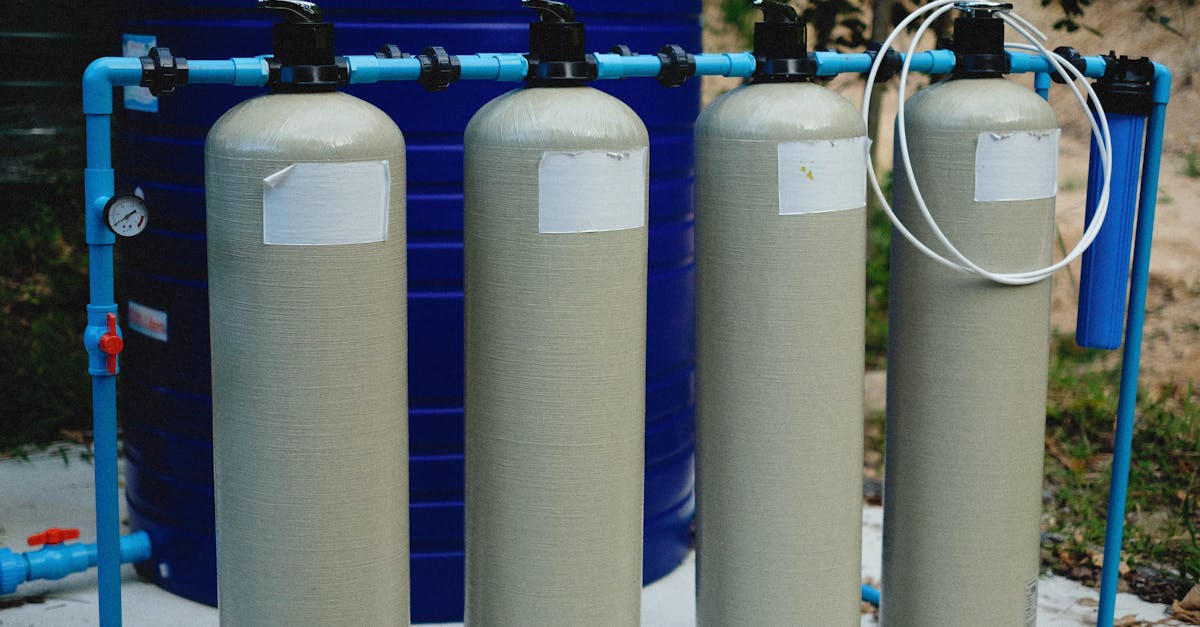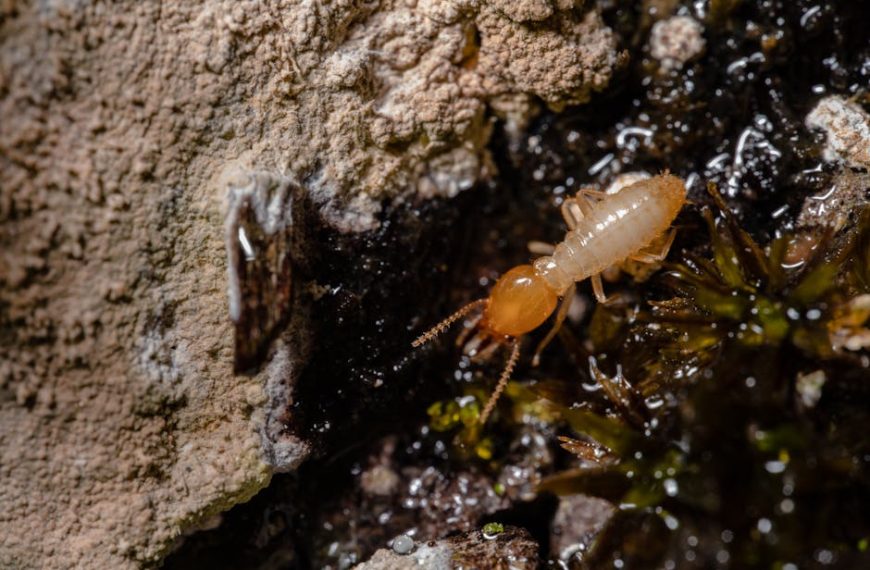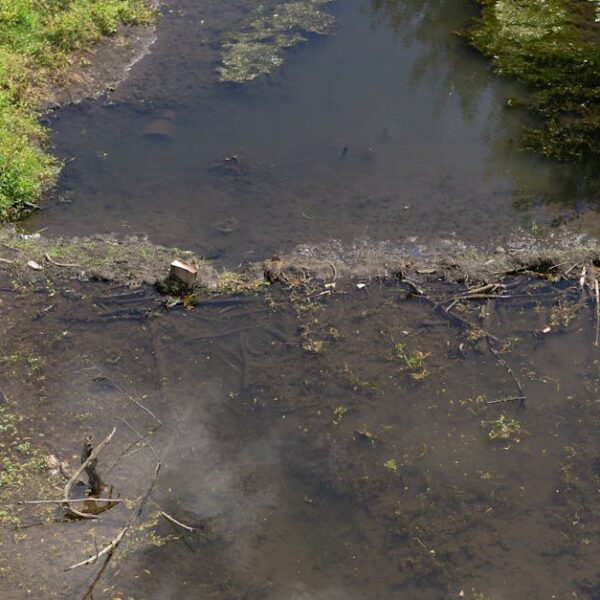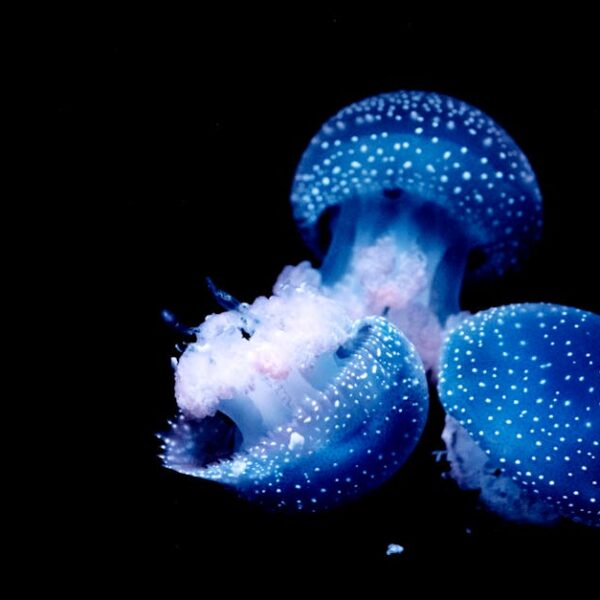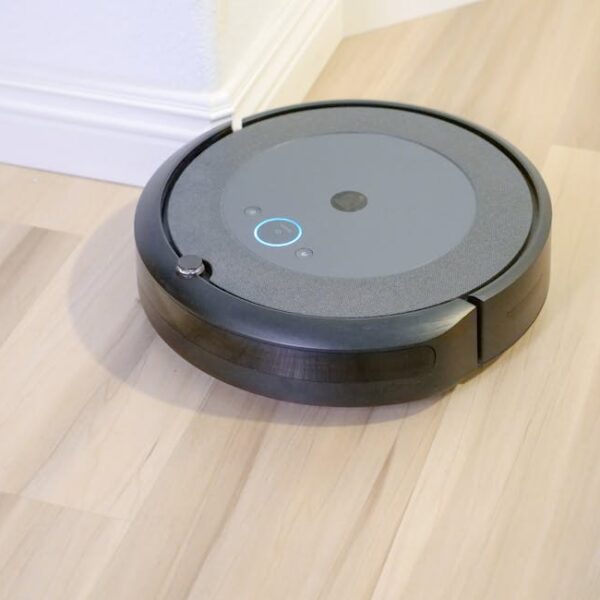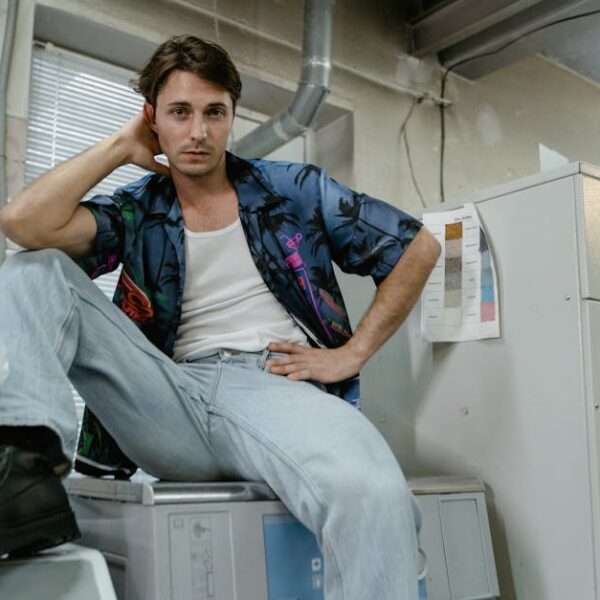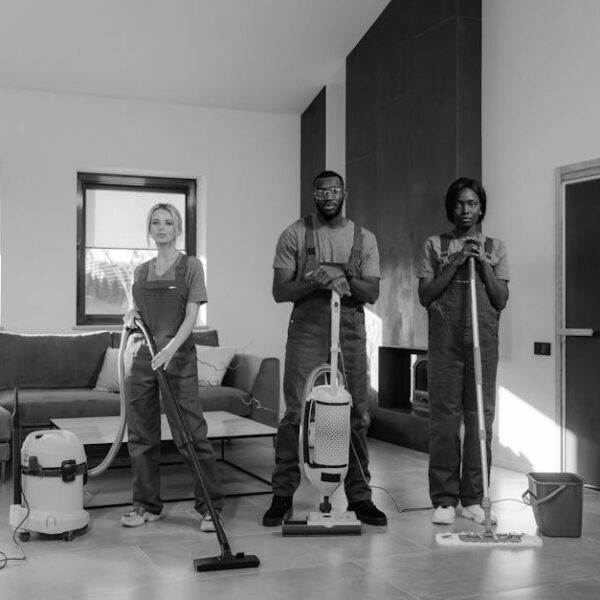Our access to clean, potable water is a universal need regardless of our location, and often we collect this from our taps at home. Tap water, while generally safe for consumption, can sometimes harbor invisible contaminants that might pose health risks. How, then, do we ensure the water we’re consuming from our taps is purified? This article provides practical insights into purifying tap water, discussing various methods, best practices, and emergency guides to offer you the best resource on ensuring the prolonged health of you and your family.
Identifying The Need For Tap Water Purification
Clean water is vital for our health and well-being, playing a crucial role in our body’s basic functions. Impure water, on the other hand, can lead to health issues ranging from gastrointestinal problems to severe diseases like cholera. Recognizing whether your tap water might need to be purified can often be an overlooked task. Watch out for signals such as a cloudy appearance, an unusual odor, or an odd taste, all of which could indicate the presence of pollutants or contaminants.
Here are some common pollutants found in tap water:
- Heavy metals like lead
- Chlorine
- Pesticides
- Bacteria and viruses
It’s important to note that water quality varies depending on the region, with some areas having naturally cleaner sources, while others may require more rigorous purification methods.
Methods Of Tap Water Purification: Boiling, Distillation, Chlorination
Boiling, distillation, and chlorination rank among the most common methods for purifying tap water.
Boiling water is simple, cost-effective, and can kill most bacteria, viruses, and parasites — just make sure to let the water reach a rolling boil for at least one minute.
Distillation, although slightly more complex, involves boiling water and collecting the steam, which condenses back into water, leaving impurities behind.
Chlorination, often used in water treatment facilities, involves adding certain amounts of chlorine to water to kill bacteria and other harmful microorganisms.
Items for each process:
- Boiling: Stove-top or portable burner, pot with lid, and a heat-proof container.
- Distillation: Stove-top burner, a pot with a concave lid, heat-proof upright bottle, ice, and another pot or heat-proof container as a collection vessel.
- Chlorination: A source of chlorine, bit of caution, and patience as you wait for the chlorine to work its magic.
Using Water Filtration Systems for Tap Water Purification
Water filtration systems have taken center stage for household water purification due to their convenience and effectiveness. These systems use different technologies, such as activated carbon filters, reverse osmosis, mechanical filters, and ultraviolet filters, to trap and remove contaminants at various stages. However, it’s important to regularly maintain and change these filters as per the manufacturer’s instructions to ensure their efficacy.
Pros of using filtration systems include guaranteed clean water, low maintenance, and improvement in water taste. Covered in part two is a comparison of available filtration systems and the best practices for maintaining your water filtration system.
By understanding the need for tap water purification and examining the different methods, you can safeguard your health and enjoy clean, safe, and refreshing water straight from your tap. So, ready to dive deeper into tap water purification? Let’s dive in together!
Can Purified Water Help in Flea Treatment for Cats and Dogs?
Purified water can aid in flea treatment for cats and dogs by rinsing off pests and their eggs from fur. However, alongside bathing, employing vacuuming fleas tips is crucial. Regular vacuuming helps eliminate fleas from your home environment, enhancing the effectiveness of your pet’s flea treatment regimen.
Treating Water with Chemicals: Iodine, Chlorine, Chlorine Dioxide
At times, it may be necessary to use chemical treatments, such as iodine, chlorine, and chlorine dioxide, to purify tap water. These chemicals work by inactivating harmful bacteria, viruses, and parasites, thus making the water safe to drink. However, it’s crucial to follow the correct dosages and safety precautions when utilizing this method.
Here are some key safety pointers:
- Always follow product instructions in terms of mixing ratios and waiting periods.
- Avoid ingestion of these chemicals in their pure form.
- Store each chemical in a safe and cool place away from children’s reach.
Chemical treatments come handy in specific conditions like camping trips, where boiling water might not be feasible or in situations where there’s a risk of waterborne diseases outbreak.
There are advantages and disadvantages when using chemical treatments. A plus point includes the effectiveness in killing microorganisms, but it might not be as palatable due to a possible change in taste and smell.
Purifying Water in Emergency Situations
Burst pipes, natural disasters, or other unforeseen circumstances could leave you without reliable access to clean tap water. In such an event, knowing how to purify water can be life-saving. Having alternative methods or an emergency kit ready can prove crucial in gleaning safe water for drinking and cooking.
Remember, staying hydrated, mainly with purified water, is crucial even in emergency conditions. Consuming untreated water can lead to serious health issues and exacerbate an already difficult situation.
Here are few pro tips for emergency purification:
- Bottled water is typically the safest and most accessible emergency backup. Keep a small supply stocked in your home.
- DIY filters can be created using materials like sand, charcoal, and gravel to remove visible particles.
- Sterilization tablets or chemical treatments can be a handy, last resort option.
Below is an essential checklist of items to include in your emergency water purification kit:
- Bottled water
- Sterilization tablets
- Portable filter
- Emergency purification straw
Knowing how to ensure your tap water is clean and safe can be a powerful tool, whether you’re dealing with suspect tap water, planning an adventure outdoors, or heading into an unexpected emergency. By understanding these methods and strategies, you gain the capacity to protect your health and hydration no matter what. Here’s to clean, fresh, safe-to-drink water – every single day!
Key Takeaway:
- Purifying tap water is essential for maintaining our health and wellbeing, and there are several methods to achieve this including boiling, distillation, chlorination, or through water filtration systems.
- It’s crucial to recognize signs of impurity in water; these could include visual cloudiness, unusual odor, or odd taste indicating pollutant presence. Common pollutants include heavy metals, chlorine, pesticides, bacteria, and viruses.
- In extreme cases where conventional methods are unavailable, knowing how to purify water can be life-saving. Keeping certain items in an emergency kit like sterilization tablets or a portable filter can prove beneficial in such scenarios.
- Chemical treatments like iodine, chlorine and chlorine dioxide can be used, though caution must be taken due to possible hazards and changes in taste.
Becoming knowledgeable about the need for tap water purification and its various methods helps protect your health. All it requires is a bit of caution and preparedness, and you can enjoy clean, safe, and refreshing water every day.
FAQs
Q: Is it safe to drink tap water without purification?
A: This depends largely on location and the quality of the local water supply. In some places, tap water is perfectly safe to drink without additional purification, however, in others, it may contain various contaminants that could pose health risks.
Q: How often should I change the filters in my water filtration system?
A: The frequency of filter changes will depend on the brand and model of the system. However, a general recommendation is to replace filters every six months or as directed by the system manufacturer.
Q: Does boiling tap water make it completely safe to drink?
A: Boiling tap water can kill most microorganisms that cause diseases but may not remove other contaminants like heavy metals or chemicals. For these, filtration or other purification methods may be necessary.
Q: Can I use chemical treatments as a regular means of purifying tap water?
A: While chemical treatments can be effective, it’s essential to use them sparingly and according to product instructions, as some can change the taste of the water or even pose health risks with frequent use.
Q: What’s the best method to purify tap water in emergency situations?
A: Keeping a supply of bottled water is the safest bet. However, if this is not available, DIY filters, sterilization tablets, and portable filters are all good options to consider.
Remember, sharing is caring! If you found this article helpful, feel free to share it with your family, friends, and colleagues. Explore more informative posts on our website for other exciting topics.
